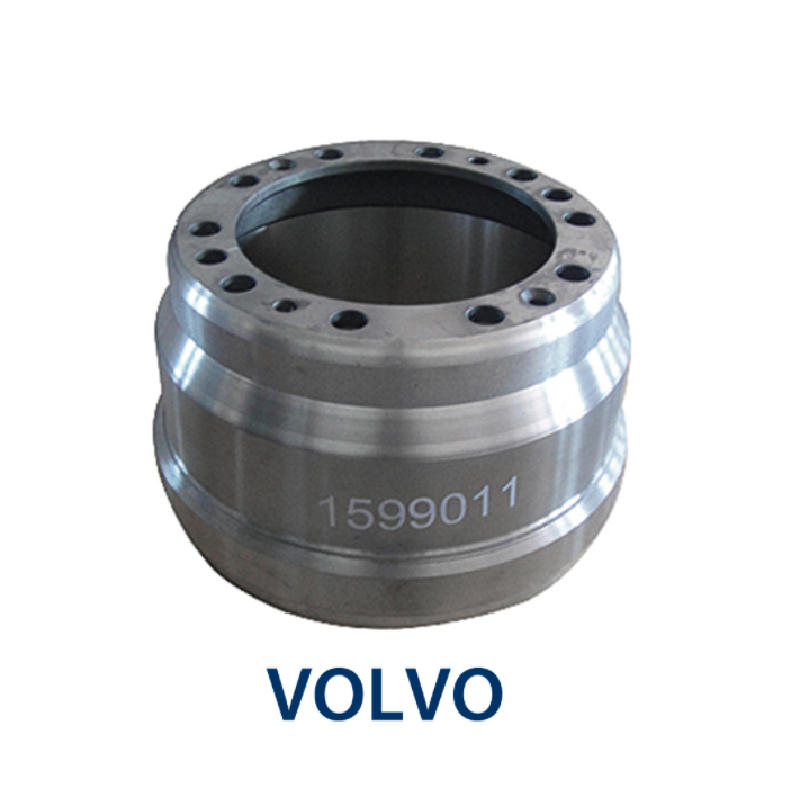Nov . 30, 2024 22:51 Back to list
how long do brake drums and shoes last
How Long Do Brake Drums and Shoes Last?
Brake systems are a critical component of any vehicle, ensuring safety and control while driving. Among the various components, brake drums and shoes are essential parts of the drum brake system, which is commonly used in many older and some newer vehicles. Understanding how long these components last, as well as the factors influencing their lifespan, can help vehicle owners maintain their braking systems effectively.
Lifespan of Brake Drums and Shoes
On average, brake shoes may last anywhere from 30,000 to 70,000 miles, while brake drums can last significantly longer, often reaching up to 150,000 miles or more. However, these figures can vary considerably based on several factors, including driving habits, vehicle type, and maintenance practices.
Factors Influencing Lifespan
1. Driving Habits The way you drive plays a significant role in the lifespan of brake drums and shoes. Aggressive driving, which includes rapid acceleration, hard braking, and frequent stop-and-go situations can cause excessive wear. Conversely, smooth driving tends to be gentler on the brake system, potentially extending the life of the components.
2. Type of Vehicle Heavier vehicles, such as trucks and SUVs, typically place more strain on their braking systems. This increased load can lead to faster wear and tear of brake shoes and drums compared to lighter vehicles. Additionally, vehicles designed for towing may experience even greater braking demands, further affecting the lifespan of these components.
3. Quality of Parts The quality of brake drums and shoes can also have a significant impact on their longevity. OEM (Original Equipment Manufacturer) parts generally offer better performance and durability than cheaper aftermarket options. Investing in high-quality components can lead to longer service intervals and better overall performance.
how long do brake drums and shoes last

4. Environmental Conditions The environment in which you drive can also affect the lifespan of your brakes. Areas with a lot of hills or mountainous terrain require more frequent use of brakes, leading to quicker wear. Similarly, driving in wet, sandy, or salty conditions can accelerate the deterioration of brake components.
5. Maintenance Practices Regular maintenance is crucial for the longevity of brake components. Having your brakes inspected periodically and replacing worn parts in a timely manner can help avoid more significant issues down the line. If you notice any signs of wear, such as squeaking or grinding noises, it is essential to address these issues promptly.
Signs of Wear
Being attentive to the performance of your brakes can help you identify when it’s time to replace the drums and shoes. Signs of wear may include
- Squeaking or grinding noises These sounds often indicate that the brake shoes are worn down and may be damaging the drums. - Reduced braking performance If you notice that your vehicle takes longer to stop, it may be a sign that the brake components are worn. - Vibration while braking Unusual vibrations can indicate that the brake drums are warped or that the shoes are unevenly worn.
Conclusion
Understanding the lifespan and maintenance of brake drums and shoes is essential for vehicle owners. By being aware of the factors that influence their longevity and recognizing the signs of wear, drivers can ensure their vehicle’s braking system remains in peak condition. Regular inspections and appropriate driving habits not only enhance safety but can also save money by extending the life of these critical components. Remember, when it comes to brake maintenance, it is always better to be proactive than reactive. Following these guidelines can lead to a safer, more reliable driving experience.
-
Scania Brake Drums: OEM Quality for Optimal Safety & Durability
NewsAug.16,2025
-
R.V.I: Advanced Remote Visual Inspection for Precision
NewsAug.15,2025
-
Discover HYUNDA: Innovative Vehicles, Equipment & Solutions
NewsAug.14,2025
-
R.V.I: Unlock Advanced Insights & Real-time Performance
NewsAug.13,2025
-
Kamaz Brake Drum: Durable & Reliable for Heavy Duty Trucks
NewsAug.12,2025
-
Heavy Duty Iveco Brake Drum - Premium Quality & Safety
NewsAug.11,2025
